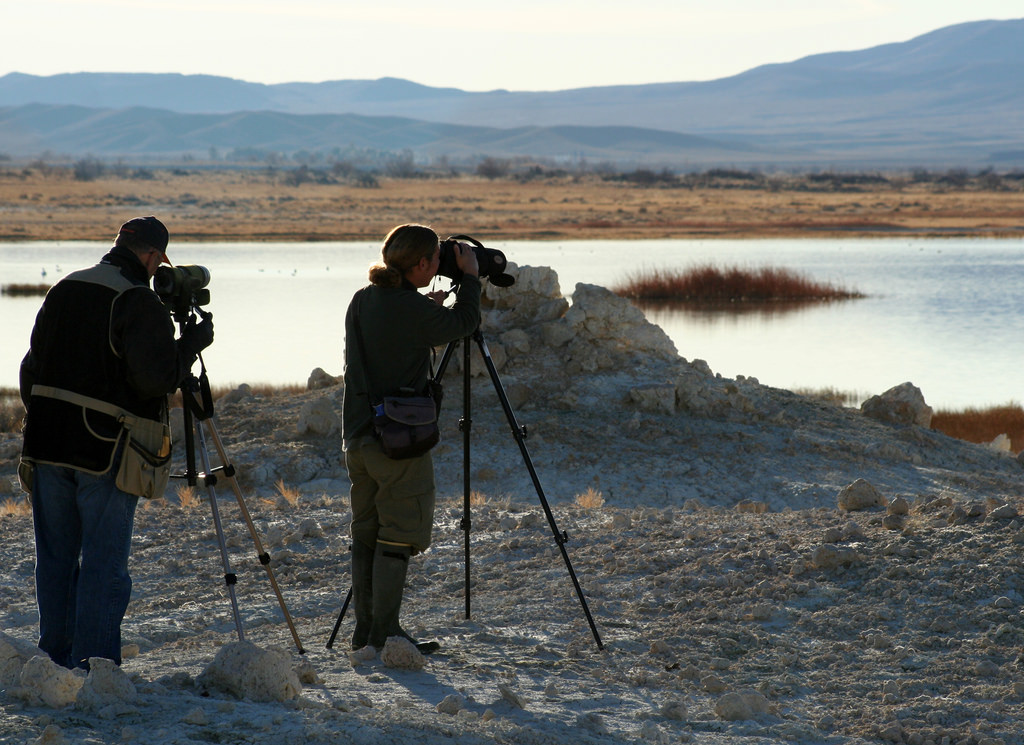Editor’s Choice: Often cited as the longest-running citizen science effort, the Christmas Bird Count (CBC) returns next week for its 117th season. This article illustrates the excitement of a particular, local community, while also depicting the bigger picture of CBC’s longevity, global scalability, and relevance to conservation. Taking this opportunity to reflect on CBC’s legacy, here is a summary of the very first CBC, conducted by 27 participants in the year 1900 (courtesy National Audubon Society). –AWA–
Excerpt:
Numbers aren’t the only focus of the annual Christmas Bird Count. The event was founded in 1900 in New York to urge a change in what was then a socially accepted practice of killing birds—all kinds of birds—as a way of seeing what species are out there, or were. The idea of a count brought people together with binoculars instead of guns.
A colossal database has been compiled in 116 years of number keeping by compulsive birders as interest in the annual event has spread. The 2016 Christmas Bird Count set overall records for turnout—76,669 volunteers participating in 2,505 group counts across North America, Latin America, Bermuda and the Pacific Islands. They tallied a total of 58.9 million birds, down from the record 68.8 million birds counted in 2015. But diversity in the count was up in 2016, with 2,607 species tallied—roughly one-quarter of the world’s known avifauna.

2009 Christmas Bird Count
Photo Credit: USFWS Pacific Southwest Region (via Flickr)